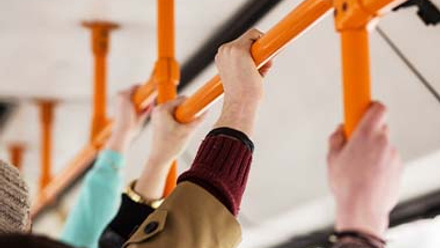REBA Inside Track: 10 things you might not know about cycle to work (I didn’t)
While the seemingly Machiavellian moves in the House of Commons make an episode of Succession look as gentle as Countryfile, there is plenty of day-to-day work going on in and around Westminster.
In that vein, last Wednesday I joined a Cycle to Work Alliance meeting that included HM Revenue and Customs (HMRC), the Department of Transport, several employer bodies and cycling-related organisations.
I thought I knew a lot about cycle-to-work schemes, having reported on them for a couple of decades and being a keen commuter cyclist myself. I was mistaken. Things have been moving on (so to speak).
There is an ongoing push to find ways to help the lower paid into cycling and to extend the scheme to the self-employed, as laid out in the Future-proofing the Cycle to Work scheme report (2021). But these will not be simple aims to meet, but there is more many employers can do to encourage this healthy way of getting about.
10 discussions on cycle-to-work plans for employers to be aware of:
1. Financial wellbeing – cycling is cheap and can save a big chunk on commuting costs. Is your cycle-to-work scheme listed as a benefit to support employees during the cost-of-living crisis?
2. Originally HMRC expected employers to buy bicycles for employees, rather than offer loans. This is still a tax-free option.
3. HMRC is not going to budge on allowing anyone to go below the National Minimum Wage threshold to buy a bike (a stand I personally support).
4. Net Zero and carbon emission targets – encouraging employees to cycle can align neatly to your corporate sustainability agenda and employee value proposition.
5. The Department of Transport is very aware of the road safety issue for cyclists, as set out its vision in July 2020: Gear change: a bold vision for cycling and walking which is being implemented.
6. Local councils can access funding to deliver high quality, cycle infrastructure if they follow the guidelines in the Second cycling and walking investment strategy (July 2022). So it can be worth lobbying the relevant council(s) to make sure they access and use these funds if you’re concerned about cycling safety for your employees.
7. Cycle-hire and e-bike hire schemes are increasingly being included in cycle-to-work schemes so that employees can benefit from salary sacrifice on membership fees. Not all providers are in the scheme yet, so do check first.
8. Having a pool of bicycles available for employees to use is an option. Some suppliers have schemes where they take care of the repair and upkeep on fleets of bikes.
9. If an employee’s workplace is their home they may not be able to access the scheme. However, those who have a hybrid working arrangement, for example, may still be able to access the scheme as the guidance states that the bike should be used for half of commutes to their place of work. Overall, ambiguities remain as regulations have not yet caught up with new ways of working.
10. The cycle-to-work spending limit has been increased to include e-cargo and e-bikes.
According to Department for Transport data, cycling is up 54% compared with pre-Covid-19 pandemic, and up 11% on a year ago. So the appetite is there.
Barriers of safety, confidence and tax breaks may remain sticky hurdles, but lobbying continues.







